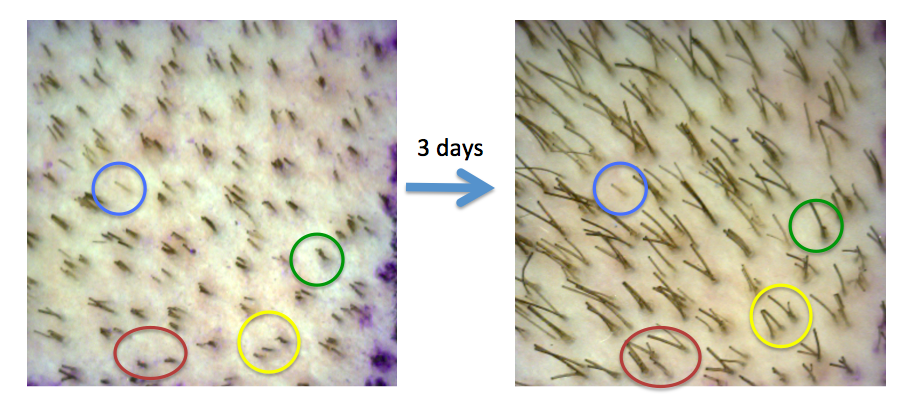PRP for Hair Loss: One More Study to Add to the List
PRP for Hair Loss
Platelet rich plasma or "PRP" for hair loss refers to the injection of a patient's platelets into the scalp in attempt to stimulate hair growth. In order to perform PRP, a small amount of a patients blood is taken (similar to getting a blood test done), and the blood is processed in a PRP machine in order to isolate the platelets.
A number of recent publications support the role of PRP in the treatment of genetic hair loss. In addition, some authors showed that pretreatment of follicular units with PRP before transplantation resulted in improved hair growth and density.
In a new study, published in the journal Biomedical Research International, researchers from Italy performed a study in 10 men. One side of the scalp was treated with platelet rich plasma and the other side was treated with placebo (saline). Results were compared at 14 weeks, 6 months and 1 year.
What are the results?
The results of the study showed a significant increase in hair count for the treatment area after just 3 months. There was an increase total hair density of 27.7 hairs per square cm compared to baseline. In addition, terminal hair density improved significantly by 27.0 ± 15.3 (number of hairs/cm2) in the treatment area, while decreasing by 2.1 ± 12.4 in the control area of the scalp.
Conclusion
We are no longer in the era where we "wonder" if PRP works to help those with hair loss. Rather we have moved into the era where we know if helps and now need to determine what is the best way to perform PRP.
What is the best machines to use to prepare PRP (what machine should physicians buy)?
What is the optimal amount of PRP to inject (is too much going to be bad)?
What is the optimal frequency to repeat PRP injections for those with hair loss (1 month 4 months, 6 months)?
However, this Italian study adds to a growing list of studies showing that PRP is a bonafide treatment for hair loss.
References
Cervelli et al. The Effect of Autologous Activated Platelet Rich Plasma (AA-PRP) Injection on Pattern Hair Loss: Clinical and Histomorphometric Evaluation. Biomed Res Int. 2014; 2014: 7
Other References:
1. Takikawa M, Nakamura S, Nakamura S, et al. Enhanced effect of platelet-rich plasma containing a new carrier on hair growth. Dermatologic Surgery. 2011;37(12):1721–1729. [PubMed]
2. Li ZJ, Choi H-I, Choi D-K, et al. Autologous platelet-rich plasma: a potential therapeutic tool for promoting hair growth. Dermatologic Surgery. 2012;38(7, part 11):1040–1046. [PubMed]
3. Uebel CO, da Silva JB, Cantarelli D, Martins P. The role of platelet plasma growth factors in male pattern baldness surgery. Plastic and Reconstructive Surgery. 2006;118(6):1458–1466. [PubMed]
4. Trink A, Sorbellini E, Bezzola P, et al. A randomized, double-blind, placebo- and active-controlled, half-head study to evaluate the effects of platelet-rich plasma on alopecia areata. British Journal of Dermatology. 2013;169(3):690–694. [PubMed]







